Nostalgia on Tuesday: Action stations
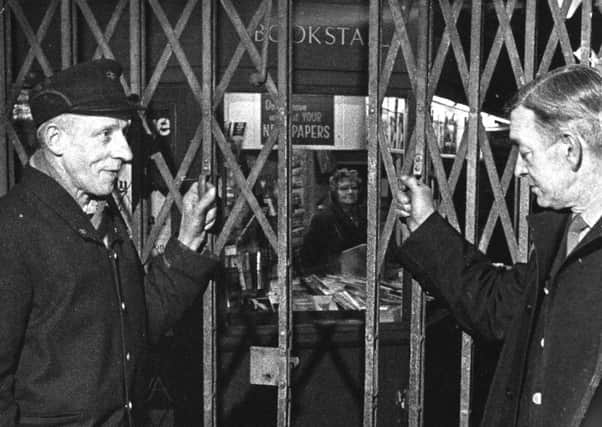

Thus, it was perhaps fitting that the railway station was born in this period. Before that passengers waited at the line side and clambered aboard primitive carriages.
A few of Yorkshire’s earliest passenger stations were established in the 1830s and 1840s including: Bradford, 1846; Huddersfield, 1847; Hull Paragon, 1847; Leeds Marsh Lane, 1834; York (temporary), 1839.
Advertisement
Hide AdAdvertisement
Hide AdSheffield’s first railway station, the Wicker, to the north of the city centre, was opened by the Sheffield and Rotherham Railway on October 31, 1838.
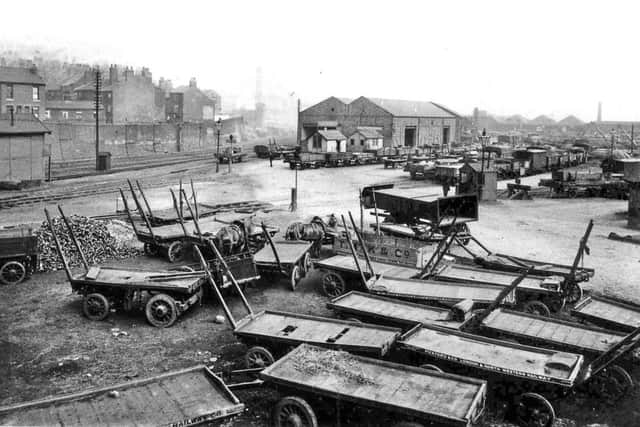

The station was spacious and supported by cast iron pillars, the design combining strength with lightness. There were four railway lines for the engines and carriages, with ‘turn’ rails at the end for reversing the position of the engines. The station closed to passengers on February 1, 1870, and was renamed Wicker Goods.
Sheffield’s second station, Bridgehouses, a terminus on the new Manchester-Sheffield line, was opened by the Sheffield, Ashton-under-Lyne and Manchester Railway (SA&M) on July 14, 1845. The entire line was not fully operational until December 22, 1845, more than seven years after the first ground had been broken.
The station was built from wood and had facilities for book-keeping, the issue of tickets, waiting rooms and other conveniences for passengers; the whole area was heated by stoves, connected with a tall chimney at the end of the station. The building was elegant and airy but in time, Bridgehouses’ facilities became inadequate, and in the late 1840s work started on an extension and new station – Victoria, built by the Manchester Sheffield and Lincoln Railway (MS&L) to the east.
Advertisement
Hide AdAdvertisement
Hide AdBridghouses subsequently closed to passenger traffic and became the MS&L’s terminal for goods, mineral and cattle traffic.
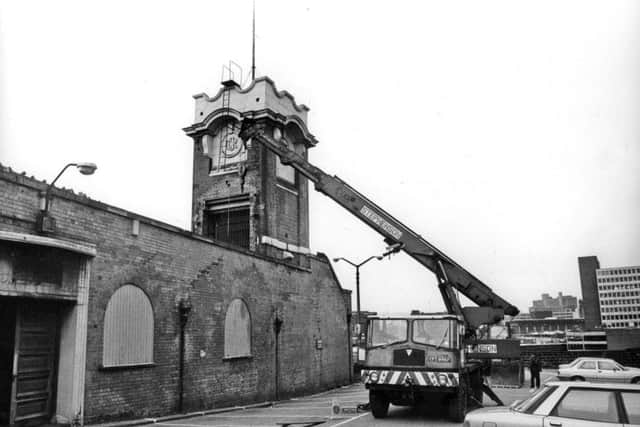

John Fowler, who later co-designed Scotland’s Forth Railway Bridge, was responsible for the extension and Victoria station. Included, was a 40ft high, 600-yard viaduct over the Wicker.
Victoria station’s opening took place on September 15, 1851. Early in the morning, a special train of about 500 passengers left the station for Hull and Grimbsy; at about 9am 2000 passengers went to Worksop; and a little later a special train to London carried many passengers. In the afternoon a Mr Carlisle, the contractor, entertained 500 of his men at a substantial dinner of beef and ham and other delights in the new market hall, which was decorated with various banners.
The food was prepared by a Mrs Outram, of the Black Swan, Snig Hill, on a grand scale and was greatly enjoyed by the guests.
Advertisement
Hide AdAdvertisement
Hide AdDuring the ensuing years a number of stories concerning the station hit local headlines.
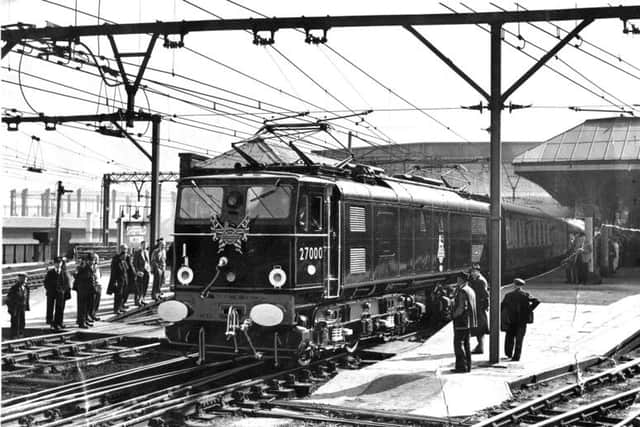

A pick-pocket was apprehended at the station in February 1870.
A safe weighing about 3cwt, and containing nearly £68 and a silver watch was stolen during June 1873 from the stationmaster’s office.
On May 26, 1874, Jos Simmonds, 17, and employed in the cloakroom, died when he attempted to jump on one of the buffers of a luggage train– a habit he had been cautioned about.
Advertisement
Hide AdAdvertisement
Hide AdDuring August 1876 the body of a female child was in a toilet attached to the third class ladies waiting room.
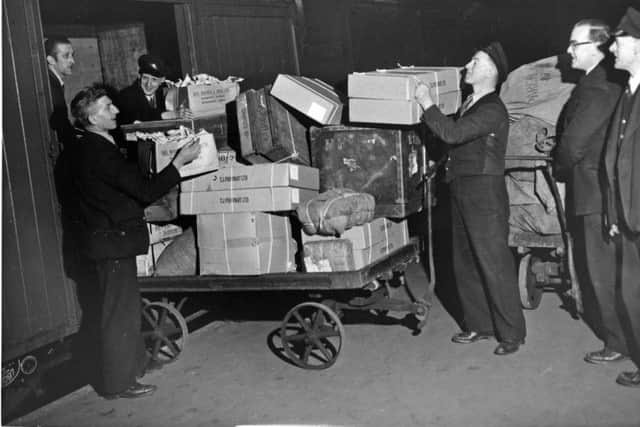

There was an attempted robbery on March 22, 1880, when James Middleton, of no fixed abode, tried to snatch the purse of Mahala Wilmot. A porter apprehended the thief but was thrown down some steps.
Thomas Hoole, a railway employee, found a man holding a dagger and with his throat cut in a lavatory at the station on April 9. 1901.
Improvements were made to Victoria in 1867 and 1875 respectively and towards the end of the 19th century further plans were mooted. It was hoped these would satisfy the complaints from the public over the inadequacy of the existing accommodation. One of the suggestions was to improve the approach to the station.
Advertisement
Hide AdAdvertisement
Hide AdUnder British Railways, in the post-war years, Victoria enjoyed a boom. Express services from Manchester London Road ran via the station on the old Great Central line to London Marylebone, others travelled on the East Coast Main Line to London King’s Cross. The trains included the Master Cutler, Sheffield Pullman and South Yorkshireman.
Opening a new ladies waiting room and general waiting room at Victoria on July23, 1957, the Deputy Lord Mayor, Alderman R Neil, said: “I never thought I should see anything like this on a railway station”.
This was all part of a station refurbishment and modernisation scheme. Notable in the ladies’ room was a massive reproduction William Powell Frith image called The Station. The Victoria & Albert Museum gave special permission for the image to be used.
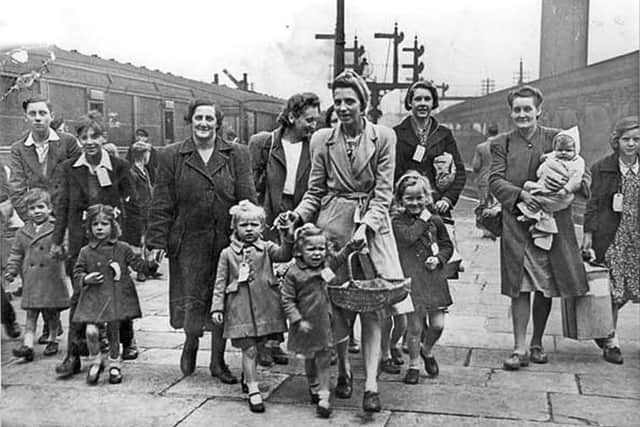

Sadly, Victoria’s post-war traffic boom and fresh appearance did not last very long as services were gradually transferred to Sheffield Midland Station.
Advertisement
Hide AdAdvertisement
Hide AdFavouring the Sheffield to Manchester route along the Hope Valley line, which served more communities, passenger services from Victoria were withdrawn on January 5, 1970. Victoria’s last train, an enthusiasts’ special, arrived at 00.44 on that day and thereafter the station shut.
By August 1986, Victoria station, which had stood idle for years, was all but demolished and it was reported: “The 400ft by 80ft glass canopy of a roof was an iron skeleton, the handsome Greenmoor stone buildings were crashing to the ground under the demolition hammer.”